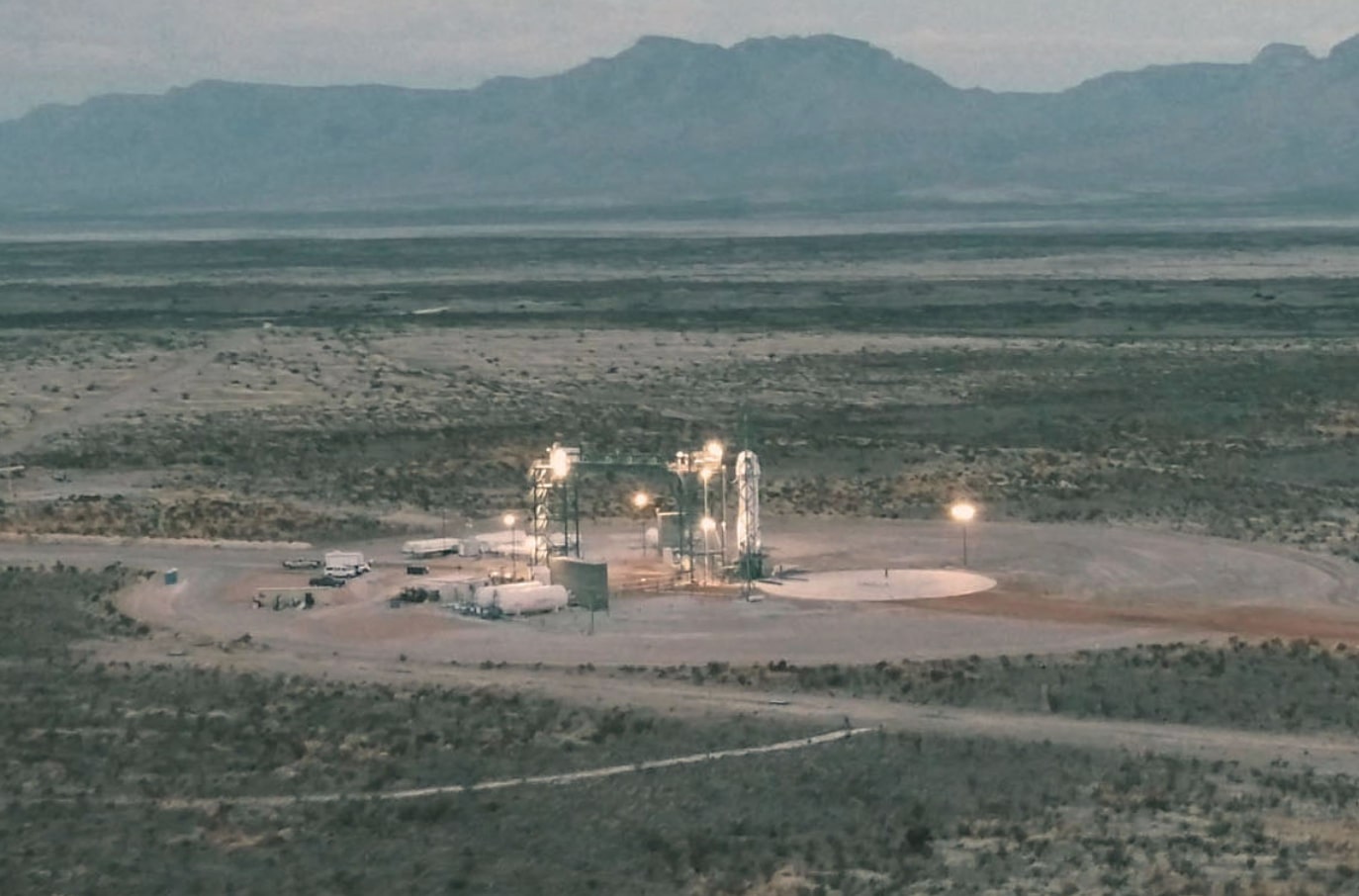Blue Origin, LLC, a private aerospace manufacturer and sub-orbital spaceflight service company, is another enterprise set to take the NewSpace sector by storm. Established in 2000 by Jeff Bezos as a rocket engine supplier they plan on moving from suborbital to orbital flight, building upon each developmental project. Their mission is to make space travel more affordable, accessible and reliable through reusable launch vehicles.
Under the helm of CEO Bob Smith, Blue Origin has developed various technologies focusing on rocket-powered vertical takeoff and landing vehicles for access to both suborbital and orbital spacecraft. Starting in 2015, the company has designed, created and flown many tests on its New Shepard spacecraft. As it tests, Blue Origin has pushed back its dates to host its first passengers. However, the future looks promising for Blue Origin as uncrewed vehicles have successfully reached altitudes of up to 330,000 feet with a speed of over 3,675 km/h, propelling the space capsule and the rocket booster have reached above the Karman line and bringing them back down to soft landings.
New Shepard
Composed of two vehicles, Blue Origin’s New Shepard is a suborbital spaceflight system that has gone through many evolutions. The vehicles combine a crew capsule that can hold up to three or more astronauts, propelled by its rocket booster. Both launch together and separate during flight. After they separate, the booster is designed to vertically land on Earth while the crew capsule continues on a separate trajectory, floating back to Earth under parachutes for touchdown. Similar to SpaceX, these vehicles are designed for recovery and reuse. The system is controlled entirely by on-board computers and it’s meant to provide opportunities for researchers to fly their experiments into suborbital space. The most recent test launch of the latest and fourth propulsion model, New Shepard 4 (NS4), reached an altitude of 350,827 ft at 107 km/hr.
New Glenn
The New Glenn, a three ft-diameter two-stage orbital launch vehicle, is anticipated to launch in 2022, with design efforts initially beginning in 2012. The first stage of the New Glenn plans to be powered by seven BE-4 engines, designed and manufactured by Blue Origin. The first stage focuses on reusability, similar to the New Shepard suborbital launch vehicle. The second stage is intended to be expendable.
Blue Origin announced their revised schedule estimate for the first launch of New Glenn. Although initially planned to fly as early as 2020, they recently announced that the New Glenn would instead launch in the fourth quarter of 2022, at the earliest.
Future Projects
In 2016, Bezos revealed that the New Armstrong is the next project by Blue Origin. Although details remain scarce, the media have speculated that New Armstrong will be a launch vehicle named after astronaut Neil Armstrong.
The company is also currently working on a moon lander named Blue Moon, with an anticipated launch date by 2024. Blue Origin has also proven its worth as a major space industry collaborator. In April 2020, the company’s national team — including members from Lockheed Martin, Draper and Northrop Grumman — was awarded $579 million to develop an integrated human landing system for NASA’s Artemis program that plans to return humans to the Moon.
Learn more about BlueOrigin on their website!






